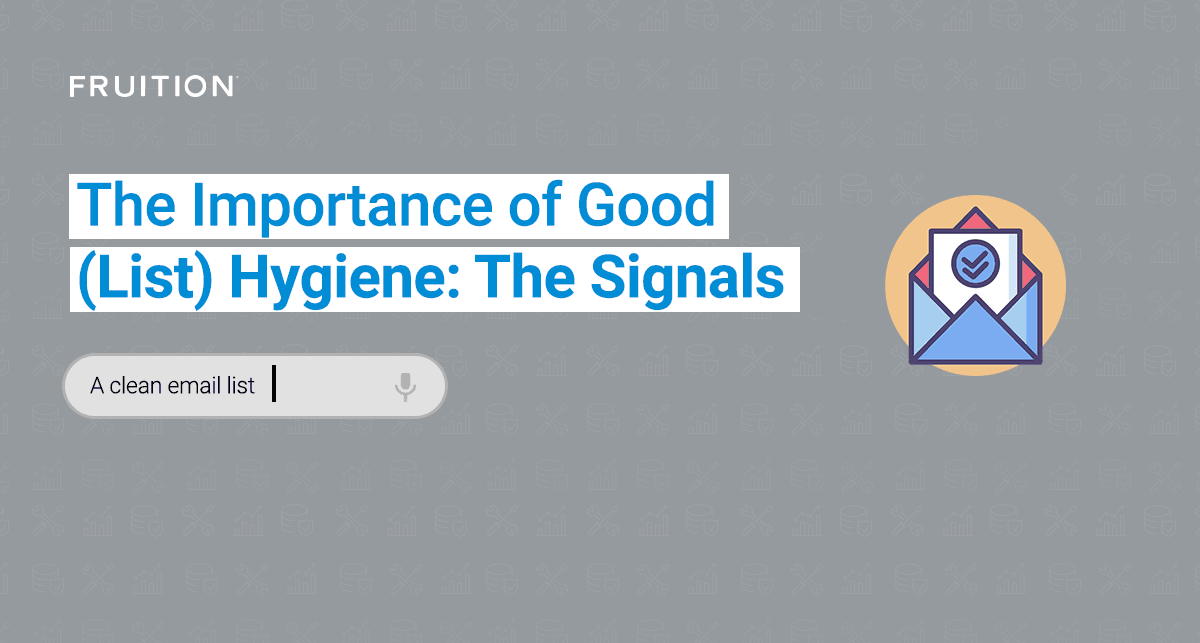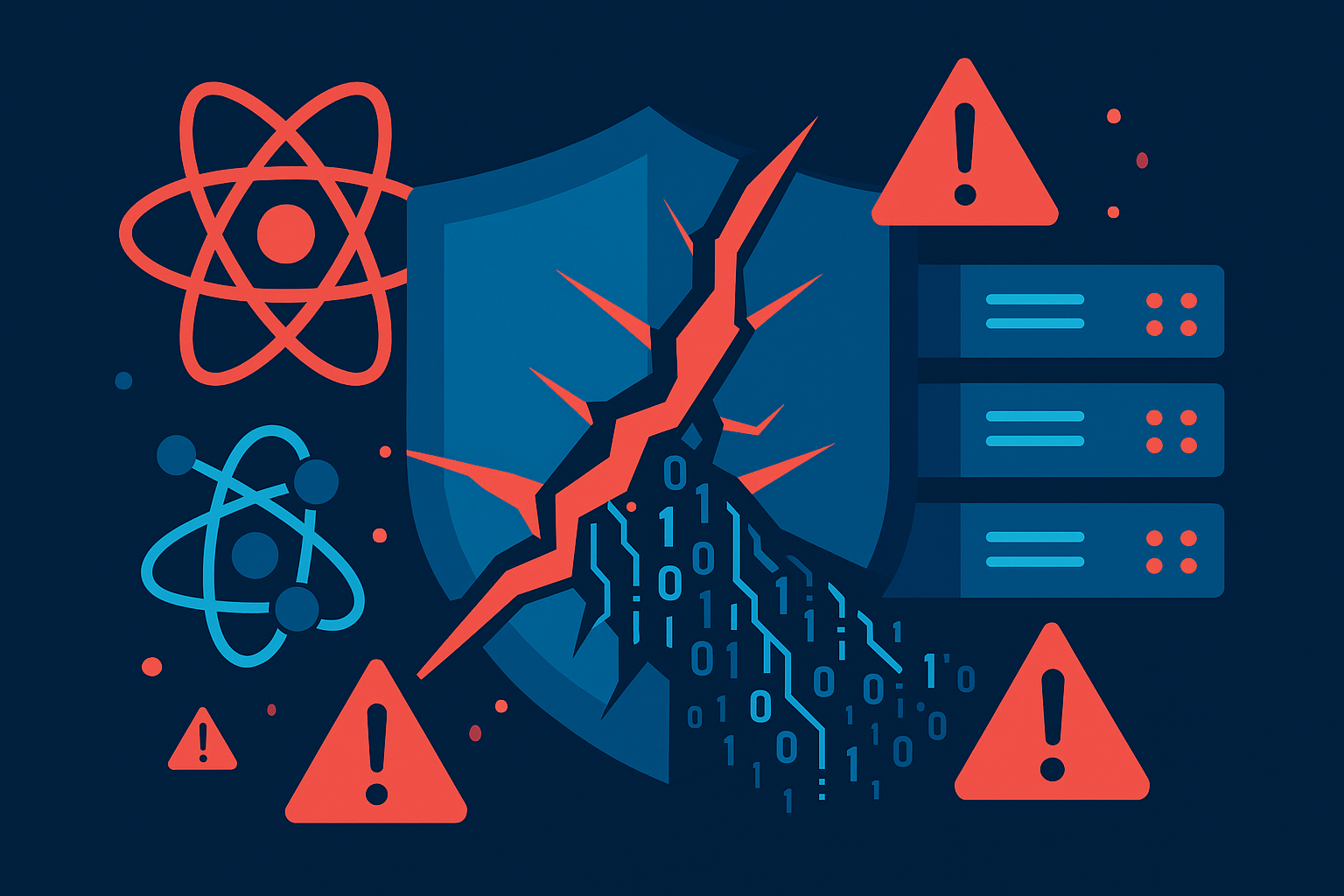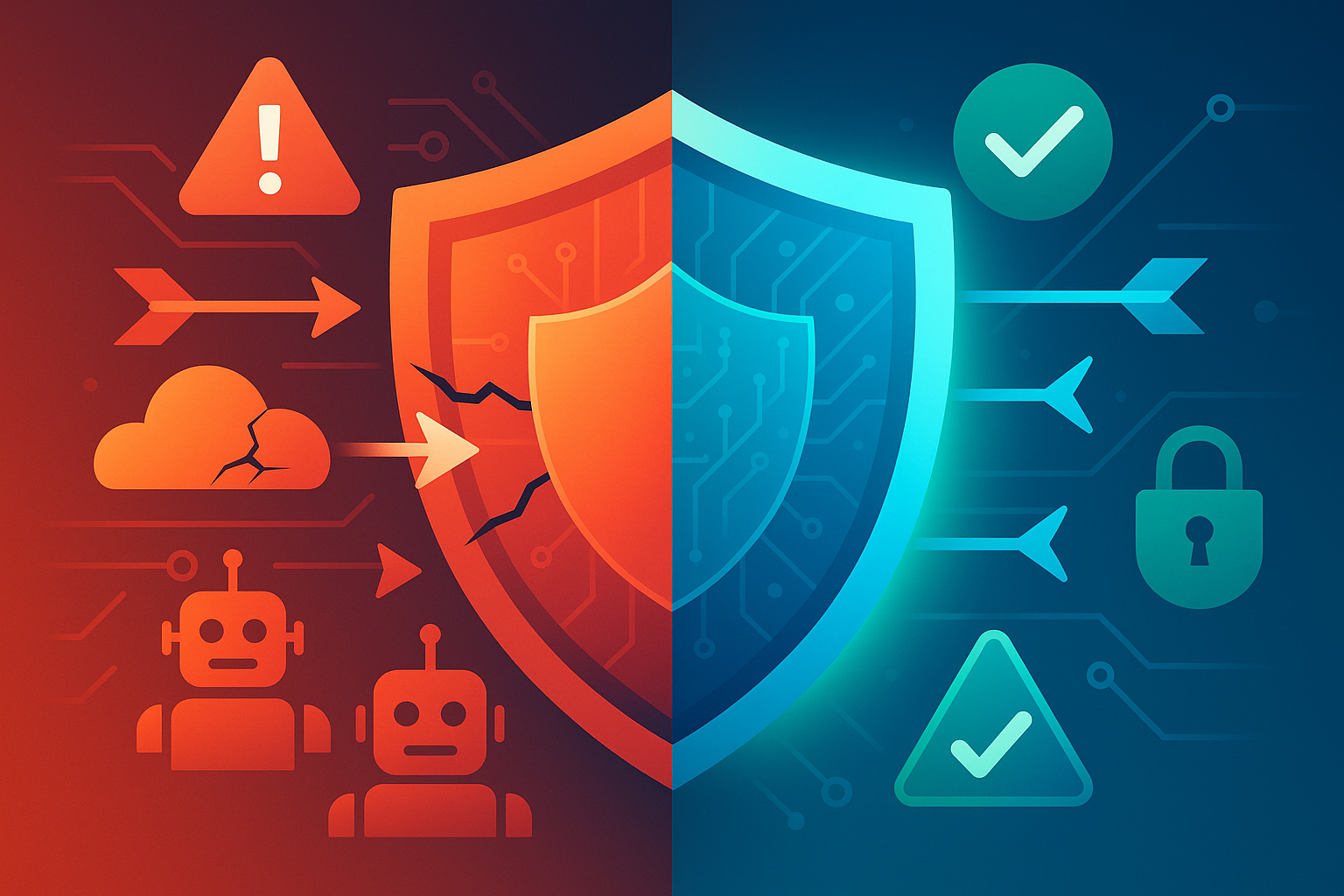Maximize Email ROI: Enhance List Hygiene & Marketing Practices

Maximize Email ROI: Enhance List Hygiene & Marketing Practices
The Importance of Good (List) Hygiene: The Signals
Whether you are just getting your email program started, are a seasoned sender, or are looking to start refining your email marketing program, a clean list is a must and should be part of your email marketing best practices. What do I mean by “clean list?” Great question! There are many factors that signal you have a healthy list, so in this blog we’ll dig into why clean your email list and look at three of the top signals for email list hygiene to help you immediately clean up your list. We’ll also discuss the top 3 email list hygiene best practices and go over the action items to help you easily implement these list cleansing tips.
Subscribers:
A clean list starts with ensuring the individuals on your list have expressly asked to receive your emails. Purchasing lists, emailing to users who have not opted to receive email, or continuing to email people who have unsubscribed or marked your email as spam is the first indicator you do not have a clean list. Action items:
- Audit your lead capture forms for opt-in options and language.
- Review your list to ensure you’re removing unsubscribes (and not adding them back in as you update your lists).
- Setup feedback loops (FBLs) to ensure you are removing individuals who have complained or marked your email as spam from your list.
Bounce Rates:
A good indicator that your list may not be clean is high bounce rates. There are a couple of different types of bounces when it comes to sending email. Soft Bounce: These types of bounces happen when an inbox is full, servers are down, or there is some sort of temporary issue.* Hard Bounce: These types of bounces occur when the email address no longer exists, or has ever existed (typos or fake email addresses).* Ideally your bounce rates should be under 0.5-0.9% for soft bounces, and under 0.3-0.5% for hard bounces. However, bounce rates vary by industry.** Action items:
- Researching some competitive benchmarks for bounce rates is a good place to start when trying to understand how your email program compares to other industries.
- As people subscribe to your list, there is a possibility they may make a typo or provide you with a false email address. This can lead to higher bounce rates and an unclean list. Implementing an email validator into your subscription forms will help ensure only valid emails are being added to your list.
- If you’ve been sending to your list for a long time, and have never implemented a list validator, running your list through a list cleansing tool is a good next step.
- Keep an eye out on your bounce rates. Your email service provider (ESP) should be automatically removing hard bounces from your list, but keeping an eye on your soft bounce rates and trend data is a good idea to keep your list clean.
Complaint Rates:
High complaint rates are a good indication that your list is not clean. People who want to be receiving your email will not mark it as spam. If email providers are seeing high complaint rates from your sends, you’re less likely to land in the inbox. Action items:
- Make unsubscribing easy. People either want to receive your email or they don’t. Make sure it is easy for users to unsubscribe from your emails, or they may mark your email as spam.
- Research competitive benchmarks for complaint rates in your industry. Similarly to bounce rates, complaint rates vary by industry. Ideally, you’ll want to keep your complaint rates as low as possible, but reviewing benchmarks in your industry will help you understand how your email program is performing.
- Only send to people who subscribe to your emails. Purchasing lists or sending to people who have not asked to receive your emails is a really easy way to increase your complaint rates and land in the spam folder.
- Send re-engagement campaigns. If somebody hasn’t opened an email from you in 3-6 months, they may not be interested in receiving your email anymore. Check in with your list periodically to see if they’re still interested in your content or if they want to change their communication preferences.
Did you know that in 2018 the ROI for email marketing was $44 for every $1 spent ***? The better your email program, the higher ROI you’re likely see. However, keeping your list clean is just one of the many factors that indicate a healthy email program. Interested in learning more about how you can improve your email program? Contact us about email list hygiene services!
Automate Email Marketing with AI
Stop manually managing email lists and campaigns. Our AI Email Marketing Agent segments audiences automatically, personalizes content for each recipient, optimizes send times, and cleans your lists continuously. Achieve 55% higher open rates and 80% better engagement—all on autopilot. See our email AI in action →





